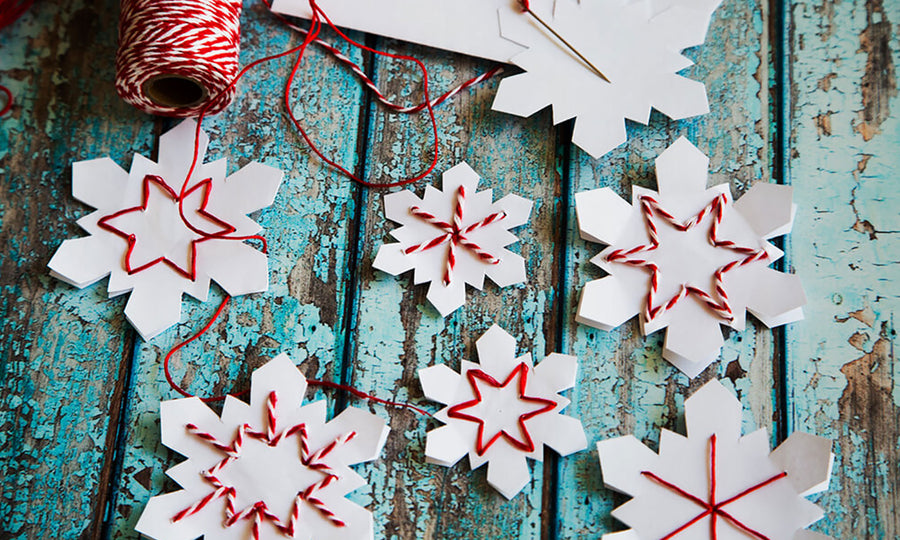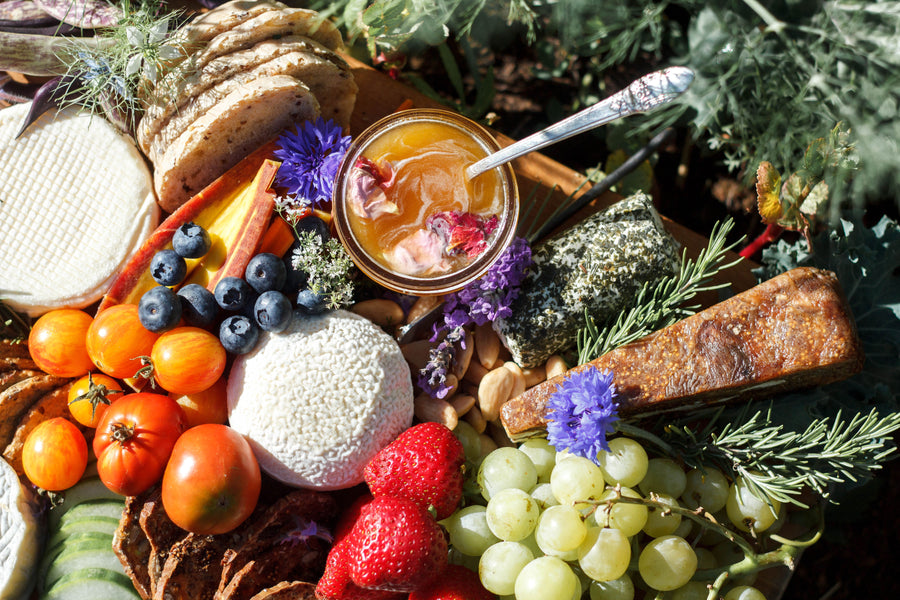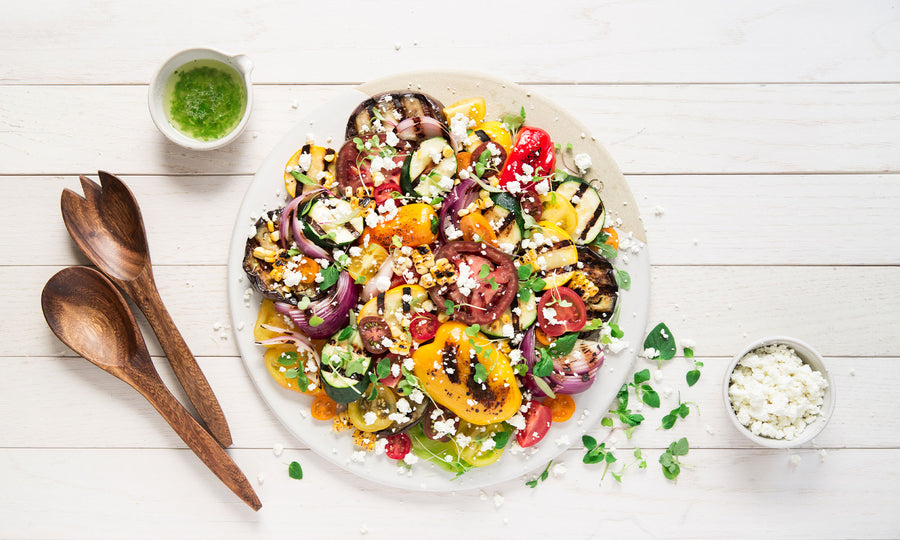
After a long cold winter, the sun is starting to shine again herein Vermont, breathing new life into the landscape.
Over the next few weeks, our region will undergo an incredible transformation as more plants come out of dormancy in preparation for the warmer months. Flowers and foraged delicacies are already starting to emerge— bringing with them a splash of color, texture and flavor. Soon our trees will receive the full Bob Ross treatment, transforming the state into a verdant sea of green.
I don’t know about you, but with the change of the seasons I can’t wait to get back into the garden as a remedy for my quarantine blues. I know I’m certainly not the only one. Pandemic panic is inspiring more people to take control of their own food security and discover the joy of gardening for the first time.
To me, there are very few things as satisfying as growing my own food, other than eating it I suppose! But success in the garden will bring you face to face with new challenges, especially if you manage to get a generous harvest. Depending on the size and productivity of your plot, you may end up with piles upon piles of perishable produce to contend with.
If you’re one of the many fresh faces in the garden this year and are not yet familiar with all the avenues of food preservation, you might be left scratching your head wondering what to do with the king’s hoard of rutabaga and radish you’ll accumulate over the course of the growing season.
Fear not, there’s a solution to your wilted veggie woes, and a salty one at that. You have not yet discovered the joy of pickling!
The story of pickles is an old one. Archaeological evidence suggests that the practice of pickling originated in the Indus Valley sometime around 2400 BCE. Despite popular perception, pickles go far beyond the humble cucumber. Veggies, fruits, meat, eggs, and yes, even cheese can be pickled. A properly processed pickle can last months, or even years longer than its fresh counterpart and it also packs significantly more flavor.
Pickling can also help to preserve valuable nutrients which tend to degrade naturally over time as produce is stored. A well-stocked pantry full of pickles and preserves can go a long way in the kitchen and in the right hands pickled foods are a formidable culinary force to be reckoned with.
There are two primary pathways to a perfect pickle but they both operate under the same principals. In either case we are looking to create an acidic, salty, low oxygen environment with the right conditions to stop undesirable microbes in their tracks. For traditional pickles, this is accomplished via lactic fermentation which utilizes the power of benign lactic acid bacteria to bring the needed pucker to the party.
The process of starting a wild lactic ferment is a simple one: add salt and wait. That’s it.
You can’t see it with the naked eye, but the surface of plant foods is positively teeming with microbial life. In fact, all of the foods we eat play host to a diverse ecosystem of microbes at some point on their journey from farm to fork. While adding salt isn’t needed to kickstart fermentation, it’s a valuable tool we can use to help control it.
When salt is introduced to the microbiome it helps lactic acid bacteria get a leg up on the competition so they can quickly get to work eating sugars and producing lactic acid, delicious flavor compounds, and gasses. Since lactic acid bacteria thrive in the absence of oxygen, removing it from the environment will also help keep them competitive and work to prevent the growth of potential pathogens and spoilage organisms which need air to grow.
It’s important to note that Clostridium botulinum, the organism responsible for botulism, also thrives in oxygen free environments. But, thankfully having a sufficient level of salt and acidity present will effectively inhibit its growth.
After a few weeks submerged in brine, the lactic acid bacteria will have converted most if not all of the sugars into lactic acid and the pickles will emerge with bigger bolder flavors than the sum of their parts. Along with a jolt of lactic acid, funky, fruity, umami flavors will develop into a complex orchestra of fermented goodness that can enhance pretty much anything. Oftentimes even the brine can be used with fantastic effect to season foods and as a base for vinaigrettes and marinades.
The beauty of wild lactic ferments is that all the different strains of bacteria participating in the fermentation will contribute to the final flavor of the pickle, creating a sort of microbial terroir specific to where and how it was made. Since this technique can be flexibly applied to any food that contains sugar, the possibilities of flavor are truly endless.
Chemical pickles, also known as quick pickles, are the other piece of the pickling puzzle. Rather than relying on lactic acid bacteria to produce the required acidity through fermentation, a quick pickle is made by submerging food in a brine that is already acidified, typically with acetic acid derived from vinegar (which happens to be another fascinating product of fermentation by the way.) While you don’t get the same type of flavor development typically seen with a traditional lacto-fermented pickle, quick pickles have carved a place for themselves because they’re easy, approachable, and delicious.
The best part about quick pickles is that they’re ready in a fraction of the time it takes to make a fermented pickle. If you need pickles, and you need them now, this is the pickling pathway for you.
So those are the basics of what makes a pickle tick. I encourage everyone who has a garden and/or an appreciation of fine food to explore the joy of pickling for yourself. It will totally elevate your home cuisine and help to reduce food waste in a significant way, both of which are more important than ever as we weather this storm together.
Ten years ago, I was a pickling novice who barely knew a cornichon from a caper.
With a lot of determination, a scary amount of salt and vinegar, and a little bit of luck, pickling and fermentation are now among my greatest passions. My journey with pickling has taken me from sauerkraut to tsukemono, and everywhere in between, and has led to an edible world of possibilities that are really only limited by the imagination.
Fast forward to today— I’m currently experimenting with pickling and fermentation in a way that I never could have fathomed years ago when I first started dabbling. I’m currently working on a few ferments that I’m hoping to unleash onto our delicious garden goodies once we get up and running for the season, namely finishing some really special experimental vinegars, trying out a few botanical infused variants of lacto-fermented honey, and establishing a nukazuke bed to name a few.
It’s a hobby that’s as pragmatic and thrifty as it is delicious. And if you’re the type with a penchant for research and experimentation, you too can become a pickling pro in no time.
Here’s some further Reading to kickstart your research of pickling, safe preservation practices, and food fermentation:
National Center for Home Fermentation
Wild fermentation – Sandor Katz
The art of Fermentation – Sandor Katz
Noma Guide to Fermentation – Rene Redzepi and David Zilber





